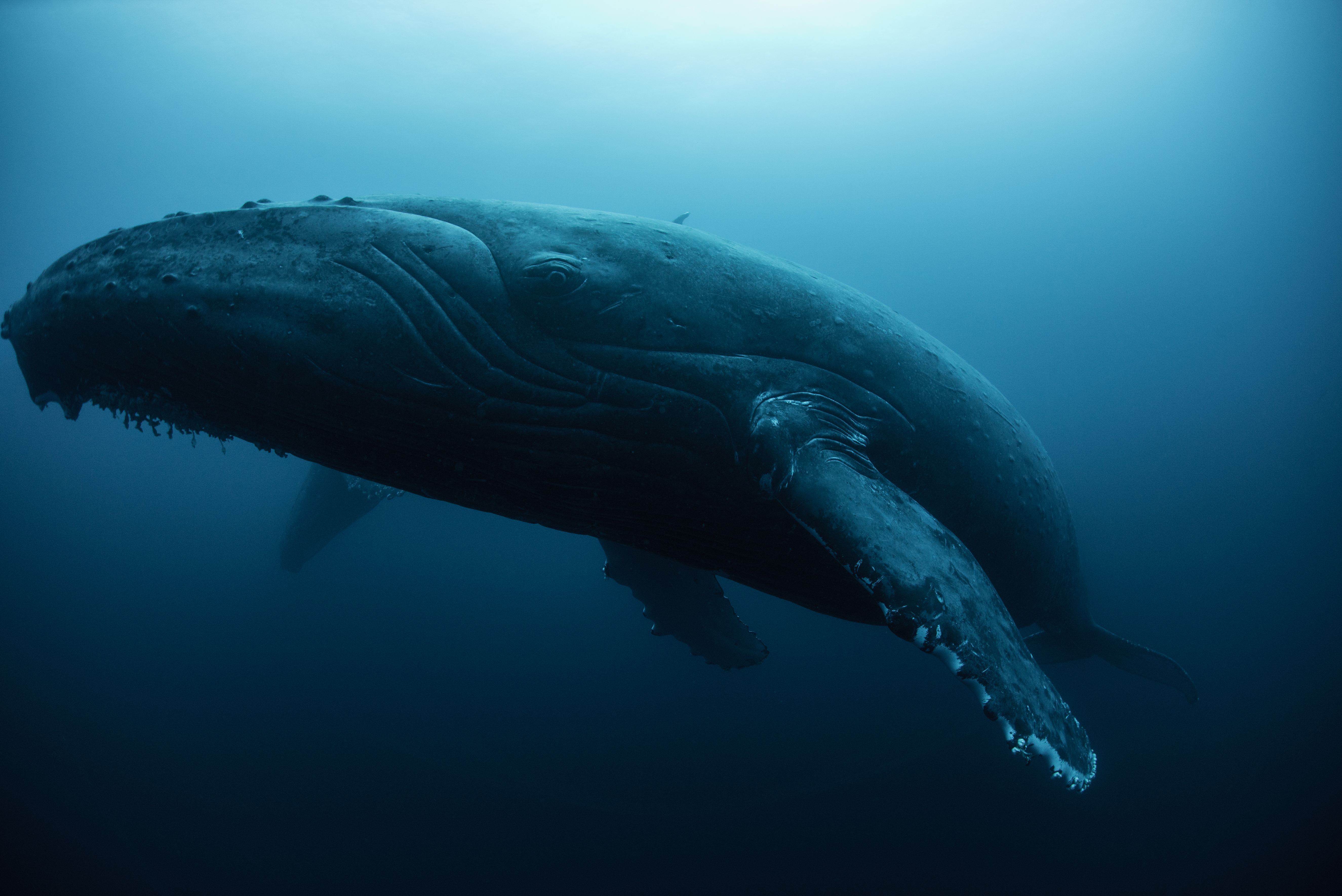10 Things You Didn’t Know About Unusual Animal Sleep Habits
In the grand tapestry of life on Earth, sleep weaves a thread that is as enigmatic as it is essential. While humans are familiar with their own sleep patterns, the animal kingdom showcases a mesmerizing array of slumber habits that defy conventional understanding. From creatures that sleep with one eye open to those that hardly seem to sleep at all, the diversity of sleep strategies in the wild is a testament to nature's adaptability and ingenuity. This article embarks on a journey through the lesser-known corridors of animal sleep, unveiling 10 astonishing secrets that will challenge your perceptions and ignite your curiosity. Prepare to be amazed by the ingenuity of nature as we uncover the secrets of animal slumber that you never knew existed.
1. The Art of Unihemispheric Sleep in Marine Mammals

Marine mammals, such as dolphins and whales, face a unique challenge when it comes to sleep: they must remain conscious enough to surface for air while still achieving rest. This conundrum has led to the evolution of unihemispheric slow-wave sleep, a fascinating adaptation that allows one hemisphere of the brain to rest while the other remains alert. This remarkable ability enables these animals to maintain essential bodily functions and environmental awareness even while partially asleep. Unihemispheric sleep is not just a survival mechanism but also a testament to the complexity of the mammalian brain. By alternating which hemisphere is asleep, marine mammals can achieve the restorative benefits of sleep without ever fully losing consciousness. This adaptation is particularly crucial for species like the bottlenose dolphin, which can spend up to eight hours a day in this state. Researchers studying these animals have observed that during unihemispheric sleep, one eye remains open, providing a window into the waking world and allowing the animal to respond to potential threats. The study of unihemispheric sleep has profound implications for our understanding of sleep in general. It challenges the notion that sleep is an all-or-nothing state and suggests that the brain's capacity for rest can be more flexible than previously thought. This discovery has spurred further research into the potential applications of unihemispheric sleep in humans, particularly in situations where maintaining alertness is critical, such as in pilots or astronauts.